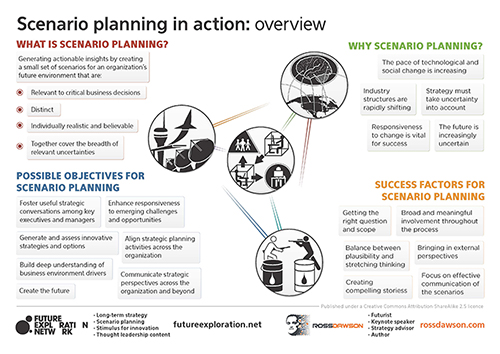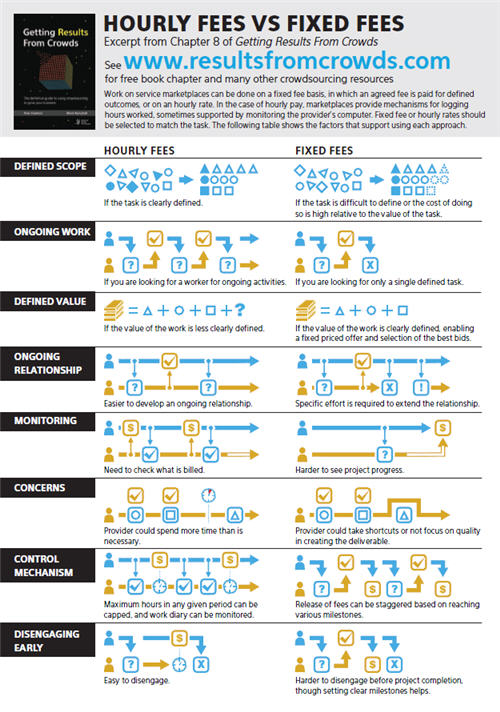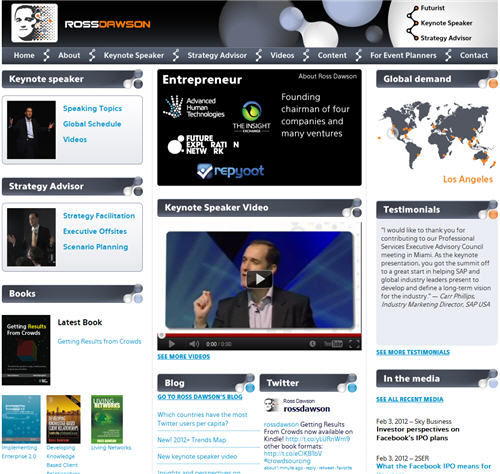Scenario planning as a management discipline has a long and rich pedigree. It is just one of a wide variety of tools and processes that have been developed to help executives and organizations build strategies and succeed in an uncertain world. However almost 15 years experience in applying a wide variety of strategic futures tools have lead me to believe that scenario planning is the single most powerful approach available.
This certainly doesn’t mean that scenario planning is always the best approach to help organizations explore the future. However I see it as the single broadest and most powerful tool to facilitate rigorous, structured decision-making about the long-term future in high levels of uncertainty.
As I have written, the greater the uncertainty, the greater the value of scenario planning, and in almost every industry today uncertainty is increasing. The many industries to which we have applied scenario planning include financial services, media, infrastructure, and many others.
In fact, engendering scenario thinking among executives is far more important than scenario planning, however scenario planning is often the best route to that outcome.
Scenario planning is a rich and varied domain, and should be implemented uniquely depending on the context and the objectives. One of the challenges is that many people talk about ‘scenario planning’, often meaning very different things, and not infrequently degrading the term by applying it to unsophisticated approaches to dealing with uncertain futures.
To help a large consumer-goods organization we worked with last year on a scenario planning project to understand the issues, I pulled together an overview of what scenario planning is and a typical process. We have summarized that in the following two page document.

Click on the image for full-size pdf
Read more →




